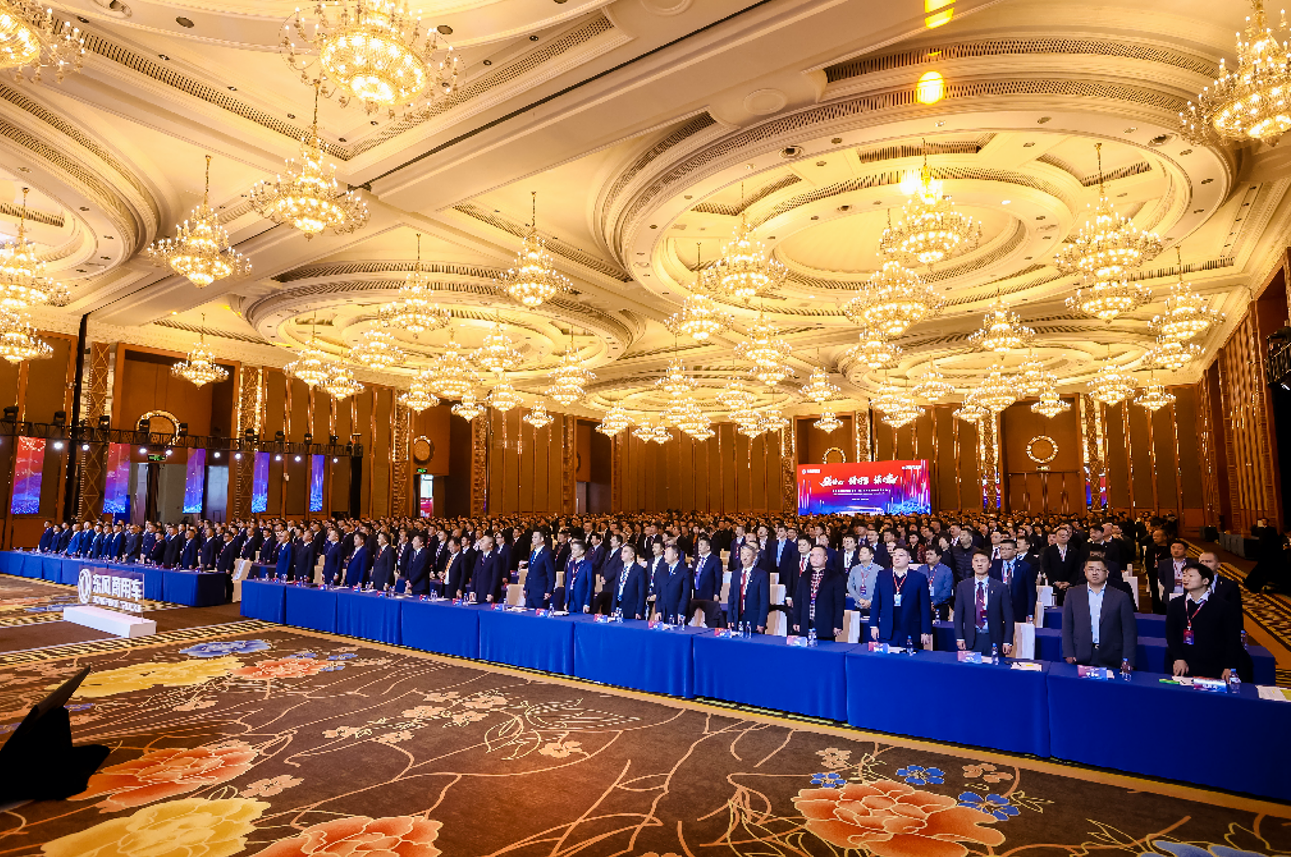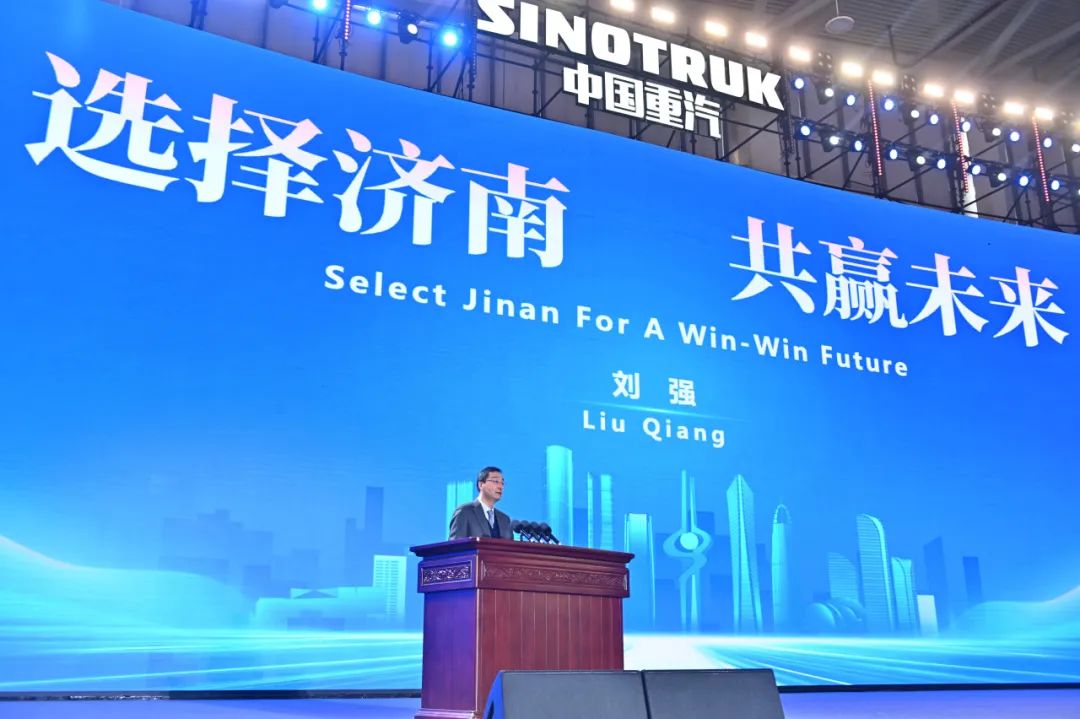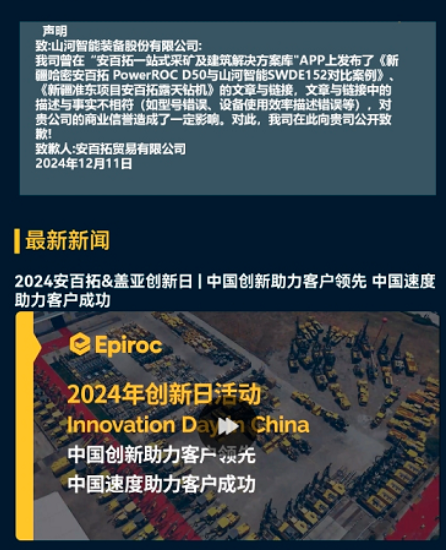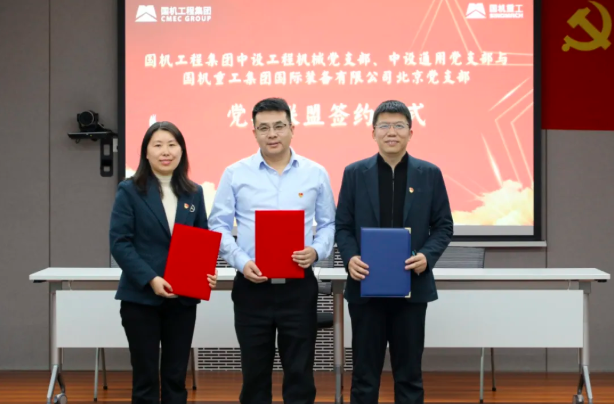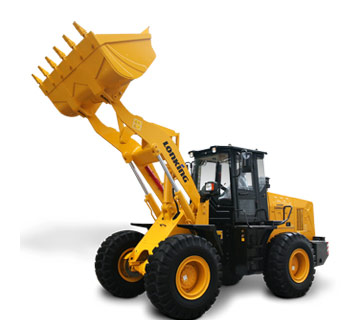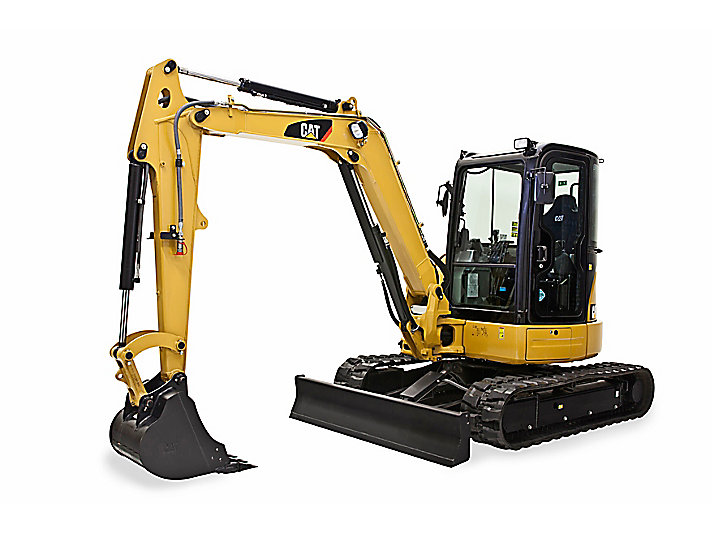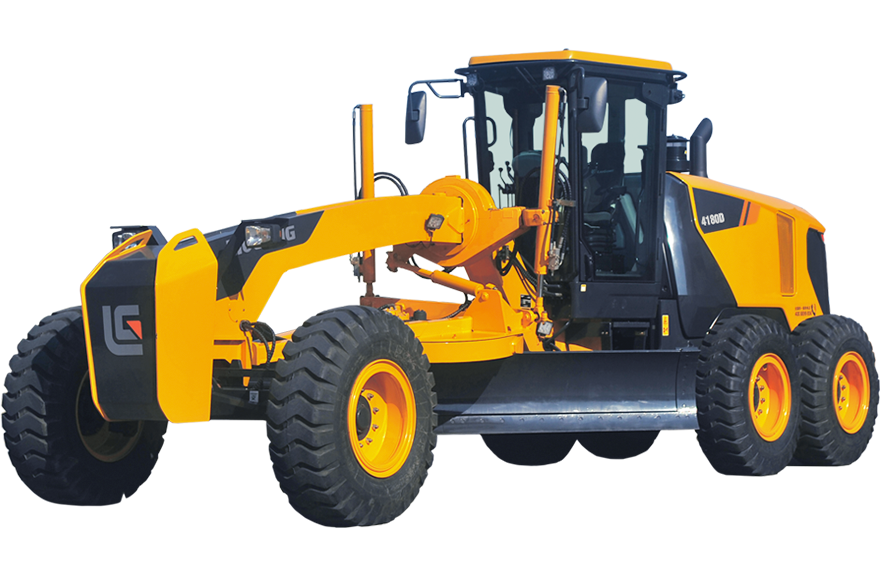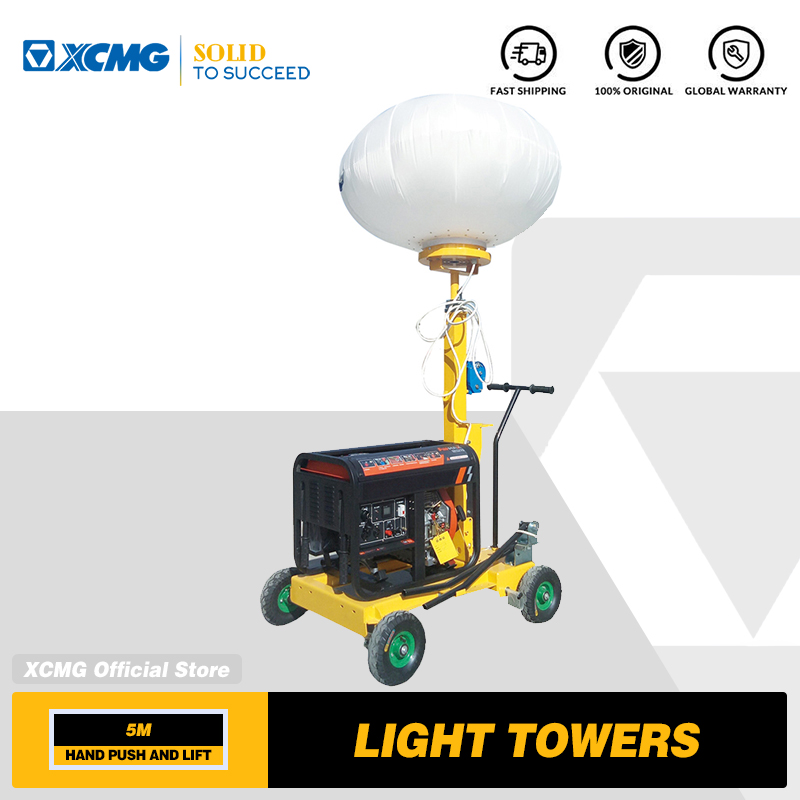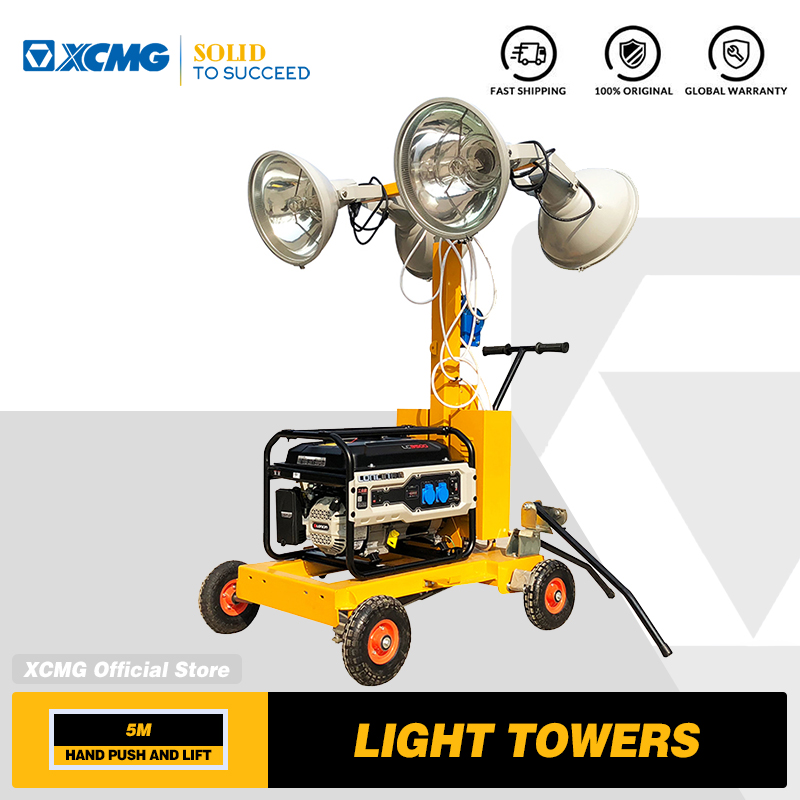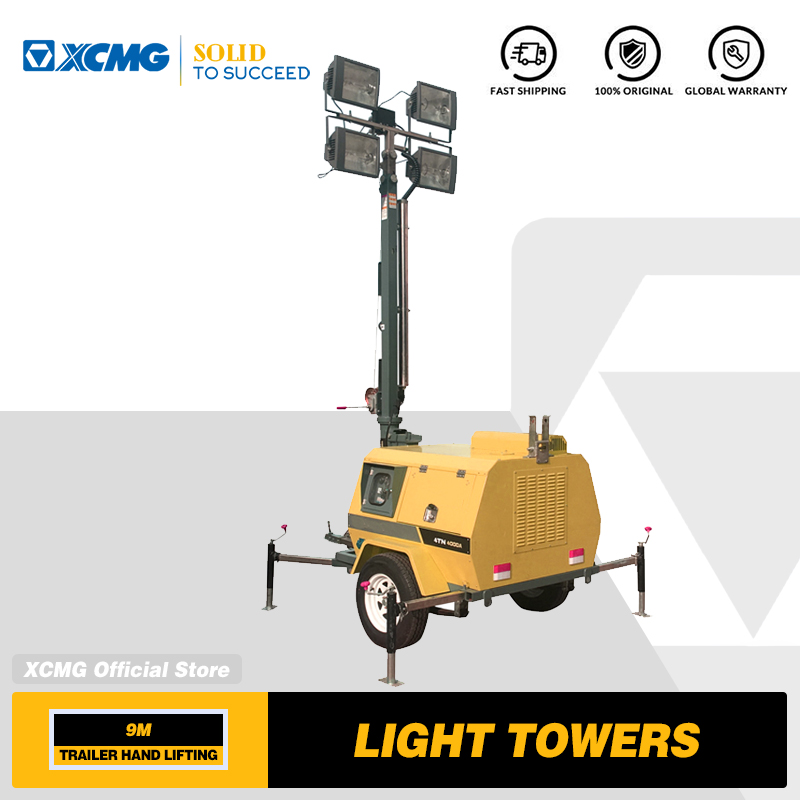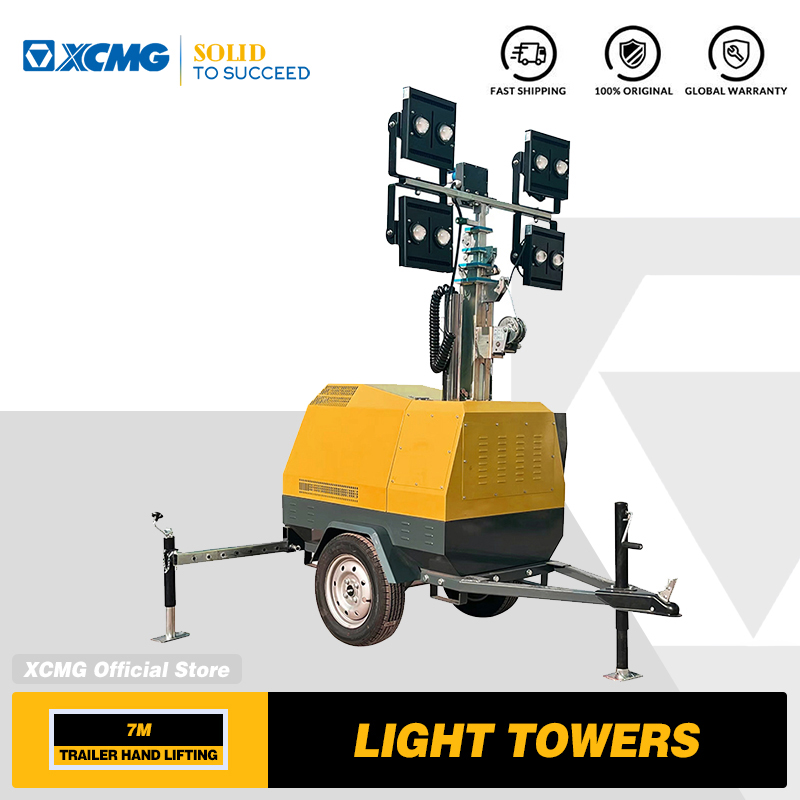1. What is aggregate?
A: aggregate is the loose granular material that ACTS as a skeleton or filling in concrete. Application of aggregate in civil engineering: cement concrete, asphalt concrete, road foundation, railway slag, mortar, etc. About 2 billion tons a year.
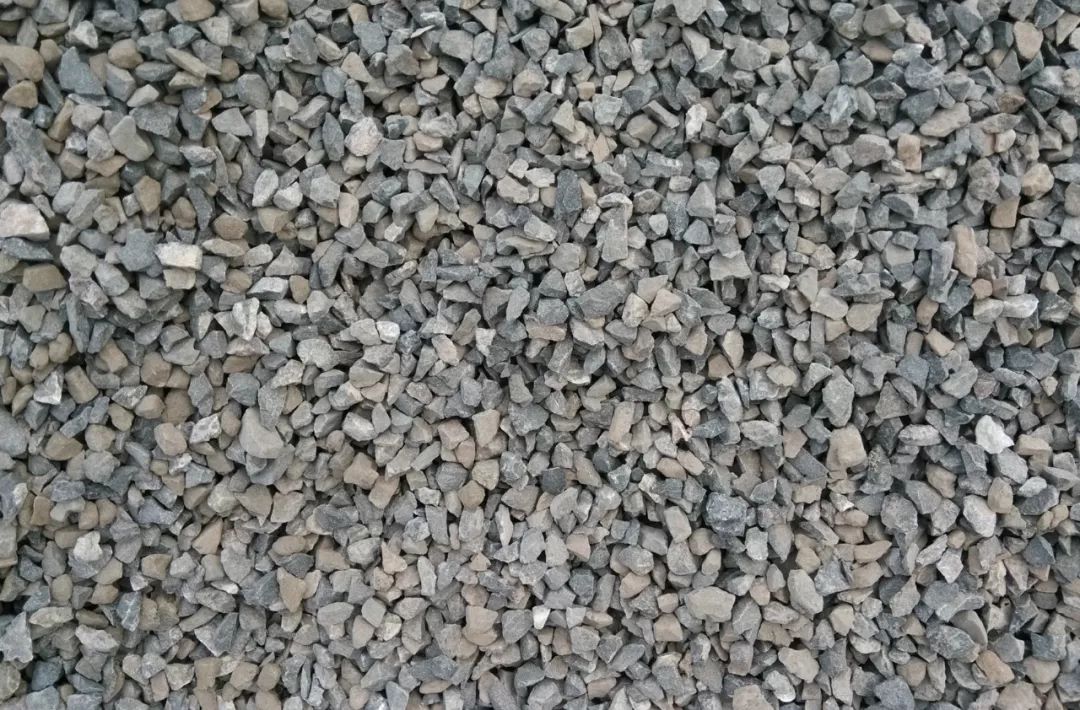
2, aggregate can be divided into several categories?
A: (1) according to aggregate source:
Natural rock aggregate: aggregate made of natural rock, such as sand, pebbles, gravel, etc.
Artificial aggregate: hot processed aggregate includes expanded shale, expanded vermiculite, etc. Industrial byproducts include slag, iron slag, powder slag, etc.
Recycled aggregate: broken concrete, broken clay bricks, etc.
(2) divided into:
Coarse aggregate: rock particles with particle size greater than 4.75mm, such as pebbles, gravel, etc.;
Fine aggregate: rock particles with particle size less than 4.75mm, such as river sand, mountain sand, sea sand, etc.
(3) :
Ordinary aggregate: density at 2500— 2700 kg/m&sup 3; ;
Light aggregate: density 0~1000kg/m³ , such as ceramsite, calcined shale, expanded vermiculite, expanded perlite, foam plastic particles, etc.
Heavy aggregate: density at 3500— 4000 kg/m&sup 3; , such as iron ore, barite, etc.
& have spent 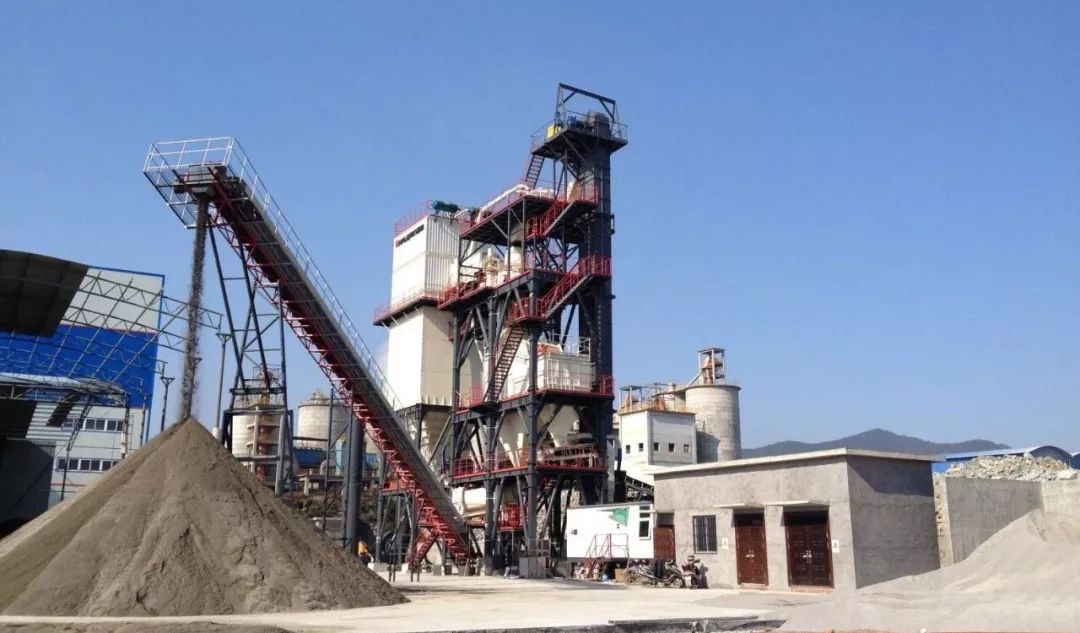
3. What are the design principles of sand aggregate production line?
Answer: (1) multistage crushing; (2) the processing capacity before and after the level match; (3) transfer bin design; (4) material size level before and after matching; More sieve less broken, more broken less grinding; According to the output and transport height difference belt; 7 site flexible layout.
4. What are the system components of sand aggregate production line?
A: generally there are 4 systems:
Feeding system: generally use vibrating feeder equipment is responsible for the supply of stone;
Conveyor system: belt conveyor or plate conveyor;
Crushing system: the heart of the whole set of equipment, composed of several Crushers, Crusher all kinds of ore raw materials into the required particle size of finished materials;
Screening system: circular vibrating screen or linear vibrating screen and other screening equipment.
5. What are the mud content, stone powder content and lump content?
Answer: mud content refers to natural sand particle size less than 75μ Particle content of m; The content of stone powder refers to the particle size less than 75&mu in the artificial sand; Particle content of m; The content of clay mass refers to that the particle size in the sand is greater than 1.18mm, less than 600-mu after being soaked in water and squeezed by hand. Particle content of m.
6. What is the particle size and thickness of sand? What's the impact?
Answer: grain gradation: refers to the different size of the sand with each other. Due to poor particle gradation and high void ratio, more cement slurry is needed. The grain size is well proportioned, the voidage is small, and less cement slurry is needed for filling.
Size: the average size of sand particles mixed together. With the same amount of sand, the surface area of coarse particles is small, while that of fine particles is large.
It is found that the sand thickness and particle size should be considered simultaneously when mixing concrete. When sand contains more coarse particles and is filled with appropriate medium particles and a small amount of fine particles, it has both a smaller void fraction and a smaller total surface area, which not only USES less cement, but also improves the compactness and strength of concrete.
& have spent 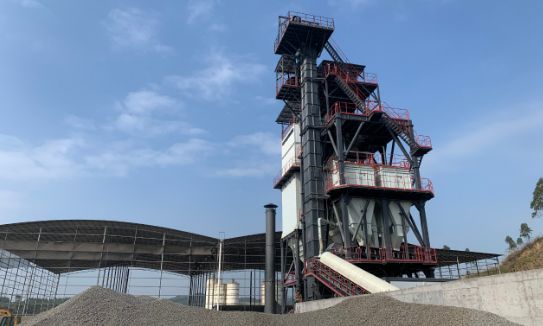
7. What should we pay attention to in the field of coarse and fine aggregate?
Answer: coarse aggregate should mainly control its grain size, grading, grain shape, stone powder content, clay content. Each Vehicle for macro inspection, unqualified shall not unload. In addition, according to the specification requirements, according to the batch test indicators. Fine aggregate should control fineness modulus, mud content and mud content. Each car for macro inspection, unqualified not unloading. Similarly, batch inspection shall be conducted as per specification requirements.
8. What are the characteristics of river sand? Mountain sand, sea sand, desert sand why not cooperate with construction sand?
Answer: river sand has good grain type, firm, durable, abundant resources, low mining cost, less impurities and other advantages, while mountain sand easy weathering, rough surface, more edges and corners, more impurities, large mud content; Sea sand is rich in resources, but has many impurities and chloride ions, which are corrosive and high desalination cost. It can be used for reclamation, industry, iron making, etc. (control chloride ion content); Desert sand is too fine, with soil, too sticky, plasticity is poor, so mountain sand, sea sand, desert sand are not construction sand.
9. What are the methods to reduce chlorine in Marine sand?
Answer: at present, reduce chlorine method has sea sand natural place method, fresh water flushes method, machinery method and mixed sand method, coastal area sea sand basically is to undertake through fresh water flushes chlorine.
& have spent 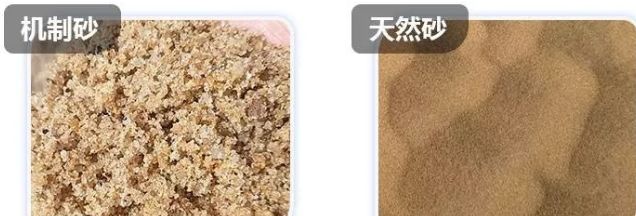
10. How to distinguish mechanism sand from river sand in appearance?
Answer: mechanism sand is through the impact Crusher and other sand making equipment, after crushing the sand and stone material, compared with natural river sand, with sharp edges and corners, more needle flake, rough characteristics. River sand is directly dug from the river, so there will be mixed with small pebbles and fine sand, these pebbles by the river long-term erosion, more rounded edges and corners, and the sand produced by sand and stone equipment is more sharp and sharp edges and corners, and less rugged than river sand.
11. How many kinds of sand are there according to the technical requirements?
A: sand according to technical requirements into Ⅰ types, Ⅱ, Ⅲ:
Ⅰ class should be used in concrete strength grade is greater than the C60;
Ⅱ class should be used for strength grade C30 ~ C60 and frost resistance, impermeability, or other requirements of concrete;
Ⅲ class should be used for less than C30 strength grade of concrete and mortar.
& have spent 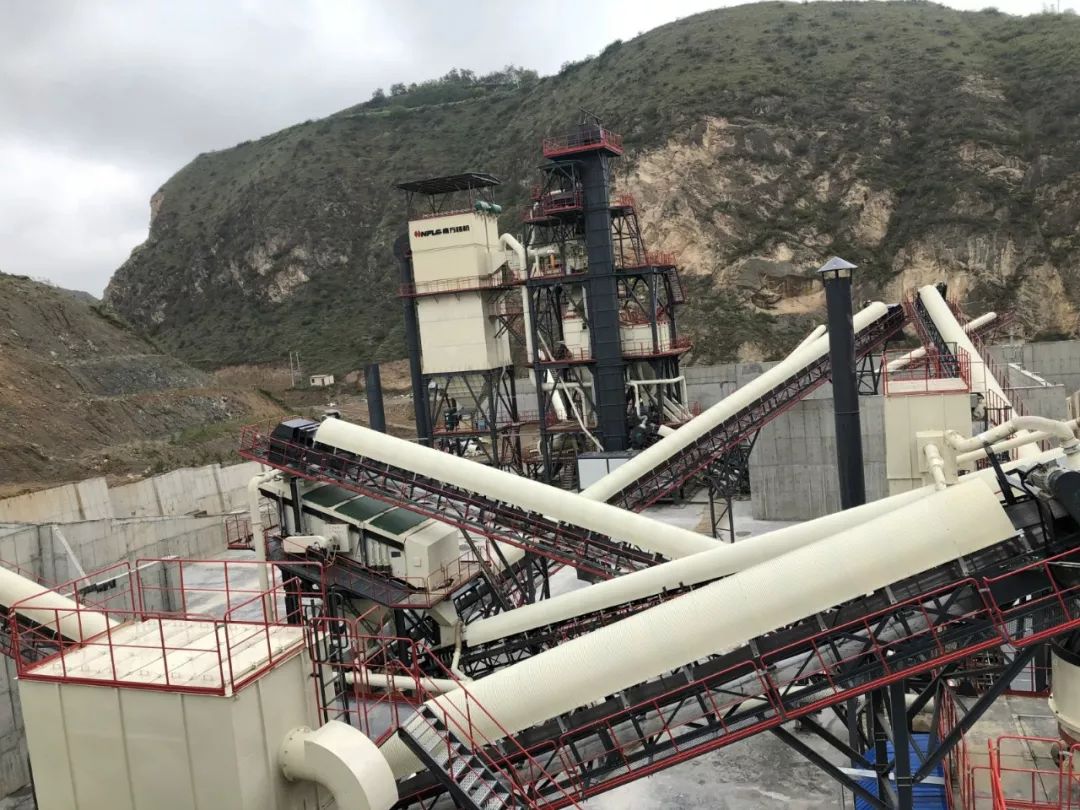
12. What is the use of aggregate in concrete?
A: aggregate can provide concrete with good stability and better durability than cement, which can reduce shrinkage, inhibit crack propagation, transfer force, reduce hydration heat, and provide wear resistance. The cost of concrete can be reduced by adding as much aggregate as possible to concrete without affecting concrete performance.
13. What are the basic requirements for aggregate in concrete?
A: with good particle grading, so that the bulk void ratio is small, the total specific surface area of particles is small, in order to reduce the amount of cement slurry;
The surface of the aggregate particles is clean, in order to have good bonding with the cement slurry;
(3) contain less harmful impurities, shall not contain the impact of cement setting and hardening and later durability of concrete components;
(4) with the strength and firmness, in order to play the role of skeleton and transmission.
& have spent  & have spent
& have spent
14. If the sand is too fine, what effect will it have on the concrete? What if it's just fine sand?
Answer: sand is too fine, concrete water demand rises, and the concrete that makes up with fine sand can pump sex, keep plasticity all bad, concrete strength can drop, easy craze.
If there is a problem with the sand source, pumping concrete can be prepared by adding fine sand and partial mechanical sand. For example, it can be used to observe the fluidity and pumpability of fine sand with fineness modulus less than 2.0 mixed with mechanical sand with fineness modulus 3.0~3.2 at a ratio of about 6:4, and the specific ratio can be tested.
15. If the sand contains a large amount of mud, or even a lump of mud, does it affect the concrete greatly?
A: yes. Sand mud content is big, concrete water demand is big, plastic protection is poor, shrinkage increases, concrete strength drops, structure is easy to crack. Therefore, sand mud content should be controlled. 3% (C30~C50), high strength concrete mud content requirements are higher. As for clay, in addition to the above effects, will also seriously affect the strength of concrete. For example, clay can weaken the concrete section, float when pouring the ground, and form pits and other defects when drying.
16. What is the appropriate content of stone powder in concrete?
Answer: it is good to add appropriate stone powder to concrete, but the content of stone powder should be appropriate. The main component of the stone powder in the mechanism sand is calcium carbonate, but the hydration is not infinite, but also subject to the composition of cement. If the content of stone powder is too high, is not conducive to the aggregate and cement stone bond, reduce the performance of concrete. In addition, after the content of stone powder exceeds the limit value, it is not conducive to the durability of concrete, because the water retention undertaken by single stone powder significantly reduces, and the dry shrinkage significantly increases.
Based on various studies, generally the content of concrete stone powder below C50 should be controlled at 10%~15%, while the content of concrete stone powder above C50 should not exceed 10%.
17. Why is the strength of pebble concrete 3~4MPa lower than that of crushed stone concrete with the same ratio of concrete?
A: rough aggregate surface roughness, conducive to cement slurry and aggregate interface strength. According to many years of tests, on the one hand, the concrete prepared by pebbles has more wind-bearing fossils, its crushing index is lower than gravel, and its surface is smooth with low interface strength. Therefore, the strength of concrete prepared by pebbles is 3~4MPa lower than that of gravel concrete with the same ratio.
18, why should every shift to determine the sand and gravel moisture content?
A: the sand in the ready-mixed concrete has 800~1100kg/m³ Dosage, each 1% of water content will bring concrete water consumption 8~11kg impact. Sand is usually collected from the river, and the water content changes greatly. If the water content is not often detected and the mixing water consumption is timely adjusted, the slump, pumpability and strength of each concrete plate will fluctuate greatly.
& have spent 
19. What is base aggregate reaction? What's the impact?
Answer: the alkali in concrete (Na2O, Ka2O) produce chemical reaction with the aggregate that chemical composition is active silicon dioxide, generate alkali - silicic acid gel later absorb water to expand, expand stress makes concrete craze, this process is called alkali aggregate reaction. This reaction will cause local volume expansion in concrete and even cause dilatancy failure in concrete structure.
20. How to prevent alkali aggregate reaction?
Answer: if active silica is contained in local coarse aggregate, want to restrict concrete admixture alkali content strictly, if "code of design of concrete structure" (gb50010-2002) regulation, when using alkali active aggregate, all kinds of material total alkali quantity in concrete is equal to 3% of concrete quality.
21. What are the advantages of mobile building aggregate projects over traditional building aggregate projects?
Answer: a resource threshold: not by fixed resources and property restrictions, almost no resource threshold.
Capital threshold: it does not involve the purchase of large resource property rights and infrastructure construction, only the purchase of basic equipment and low cost of resource purchase, a few million can be done, low capital threshold.
Technical threshold: as long as there are staff who understand the operation and management of equipment can be completed, technical threshold is low.
Reuse: basic infrastructure, according to the distribution of resources and project distribution, mobile transfer, users can even sell directly, recover the cost of equipment investment.








